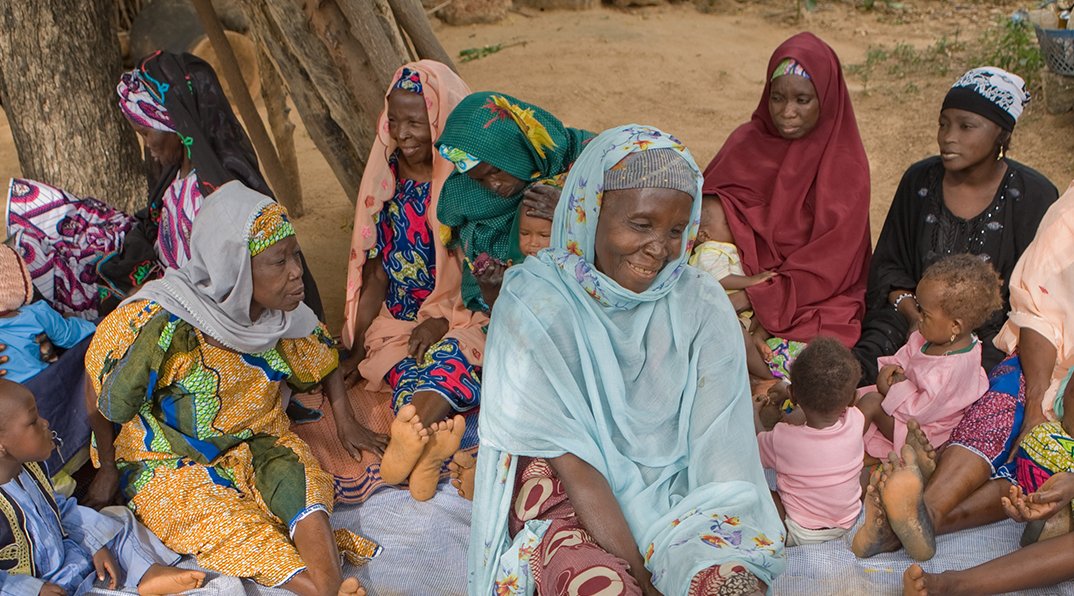What is Leprosy?
Leprosy (also known as Hansen’s disease) is a chronic infectious disease caused by bacteria, which is often spread through droplets from the nose and mouth. The disease, which can have a long incubation period, causes disfiguring lesions on the skin as well as nerve damage.
The first stage of leprosy leads to loss of sensation and muscle weakness in the facial muscles, hands and feet (this is known as Grade 1 disability). If the disease is not diagnosed and treated, it progresses to a second stage that causes observable and permanent impairments, such as the shortening and/or loss of the fingers and toes, and blindness (known as Grade 2 disability).
Leprosy is most common in areas affected by poverty, where overcrowding and poor nutrition make people more vulnerable to infection. Leprosy continues to be a major source of disability and social exclusion for people living with the disease, and their families. The consequences of leprosy can often persist beyond completion of treatment.
Brazil, India, and Indonesia account for 80% of new cases of leprosy each year.
Key stats
-
Three countries*
account for 80% of the global burden of leprosy
*Brazil, India, and Indonesia
-
Over 170,000
new cases were recorded in 2022
